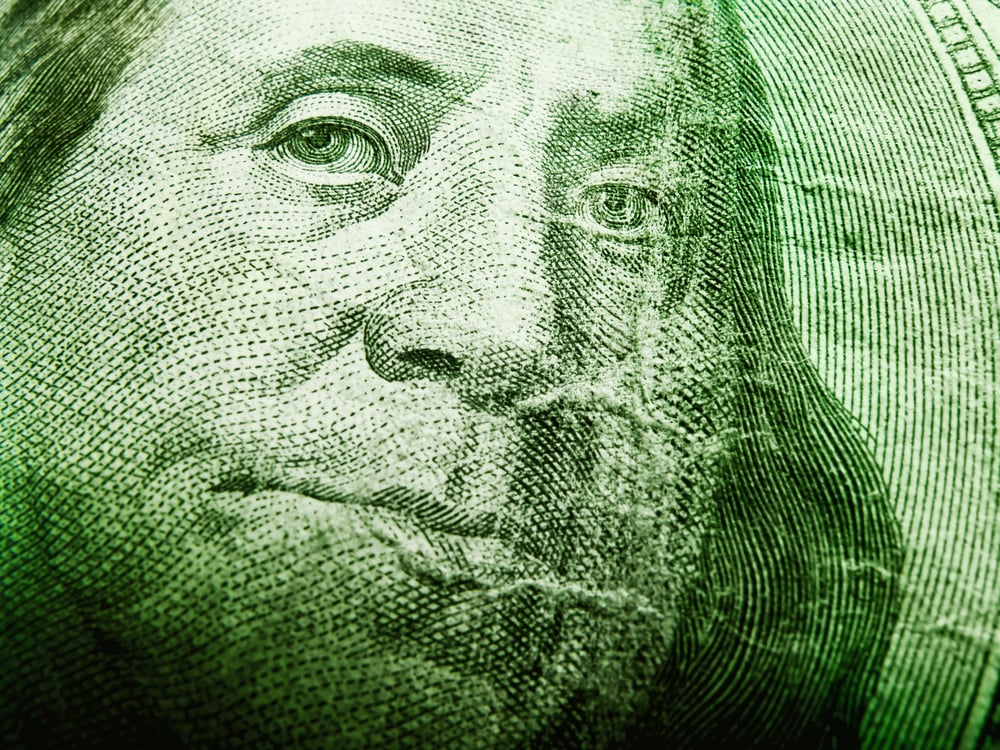
After just coming off the major holiday shopping season, it's not too surprising to hear that wallets are being closed for refurbishing all over and driving down retail shopping in the process. New reports, however, suggest that the impact of the post-Christmas rush is pretty pronounced, and delivering troubling new statistics to an already-beleaguered retail market.
There's Good News, But The Good News Isn't That Great
There is good news coming of the retail sector. Perhaps the biggest point is that spending is up. Americans were eating out a little more often and were putting a little more of their spending to work on home furnishings. As a result, retail sales were up, according to word from the government, but merely 0.3%. Home centers were the biggest beneficiaries of this hike, especially stores like Home Depot (NYSE: HD) and Lowe's (NYSE: LOW). The gains actually represented the largest gains seen since summer 2019 left the building, up 2.1%.
However, even Lowe's and Home Depot noticed that the bulk of sales were going to small businesses that use building supplies, like home builders. The household retail market proved to be lighter than expected, though even the home furnishings market pulled a 0.6 percent increase, and both car dealerships and internet retailers saw some slight gains.
Further gains were posted by restaurants and bars, which brought in an increase in sales of 1.2%. That's actually the second consecutive increase and is considered a sign of confidence in the overall economy.
Then There's the Bad News, Which is Pretty Bad
While there were some gains, albeit fairly modest gains from most sectors, there were several sectors that saw no gains at all. Gas stations, for example, saw a fairly sharp decline thanks to cheaper gasoline prices. Pharmacies and electronics-heavy big-box stores lost ground too.
The absolute king of losing games, though, was anything that sold clothes. Clothing retailers lost a hefty 3.1%, which represented the single biggest drop in sales seen since 2009.
Thanks to the losses seen, the average was lowered to that heartbreaking 0.3% described previously.
The Overall Picture, Though, Looks Surprisingly Bright
Granted, the growth so far might best be described as anemic, but that's less of a problem than might be expected. When we look at the market in its entirety, several bright spots emerge.
First, note that one of the biggest gainers in the economy was in a point that traditionally signals confidence in the economy: bars and restaurants. That's good news no matter how you slice it, because once people start feeling shaky about their economic prospects, one of the first things to go is eating out. The fact that this was one of the biggest gainers is a positive economic bellwether.
Second, consider the time of year. We've just come off a major holiday shopping season, so sales are likely to be flat anyway. That clothing retailers had a particularly hard time isn't much of a surprise either; most people already have their winter clothing in place by now—especially after December—so the need to buy further quantities is somewhat diminished. Clothing gains probably won't be seen until we get closer to spring and the need to buy into a different weather pattern emerges. There are also very few major shopping events involved; the warmer months feature Mother's Day, Father's Day, graduations and so on, while the colder months feature Hanukkah, Kwanzaa, and of course Christmas. Even the cooler months like September feature back-to-school sales and Halloween. The very earliest part of the year doesn't provide a lot of opportunities until at least February, and even then it's not much.
Essentially, this has not been a great 2020 so far for retailers. But then, this is also one of the slowest times of the year for retailers in general. This isn't a matter of systemic failings like we're seeing with mall-heavy operations like American Eagle (NYSE: AEO), the Children's Place (NASDAQ: PLCE) and Foot Locker (NYSE: FL). Admittedly, there are plenty of clothing retailers operating in malls, but there are plenty operating as stand-alone shops too. Just ask Kohl's (NYSE: KSS), who just yesterday posted plans to drop 250 jobs from its corporate operations.
It's a reason to watch the retail market closely, but for right now, we may just be looking at consumers given their wallets a well-deserved rest after the heavy shopping season that was last quarter.
Before you make your next trade, you'll want to hear this.
MarketBeat keeps track of Wall Street's top-rated and best performing research analysts and the stocks they recommend to their clients on a daily basis.
Our team has identified the five stocks that top analysts are quietly whispering to their clients to buy now before the broader market catches on... and none of the big name stocks were on the list.
They believe these five stocks are the five best companies for investors to buy now...
See The Five Stocks Here
Explore Elon Musk’s boldest ventures yet—from AI and autonomy to space colonization—and find out how investors can ride the next wave of innovation.
Get This Free Report
Like this article? Share it with a colleague.
Link copied to clipboard.